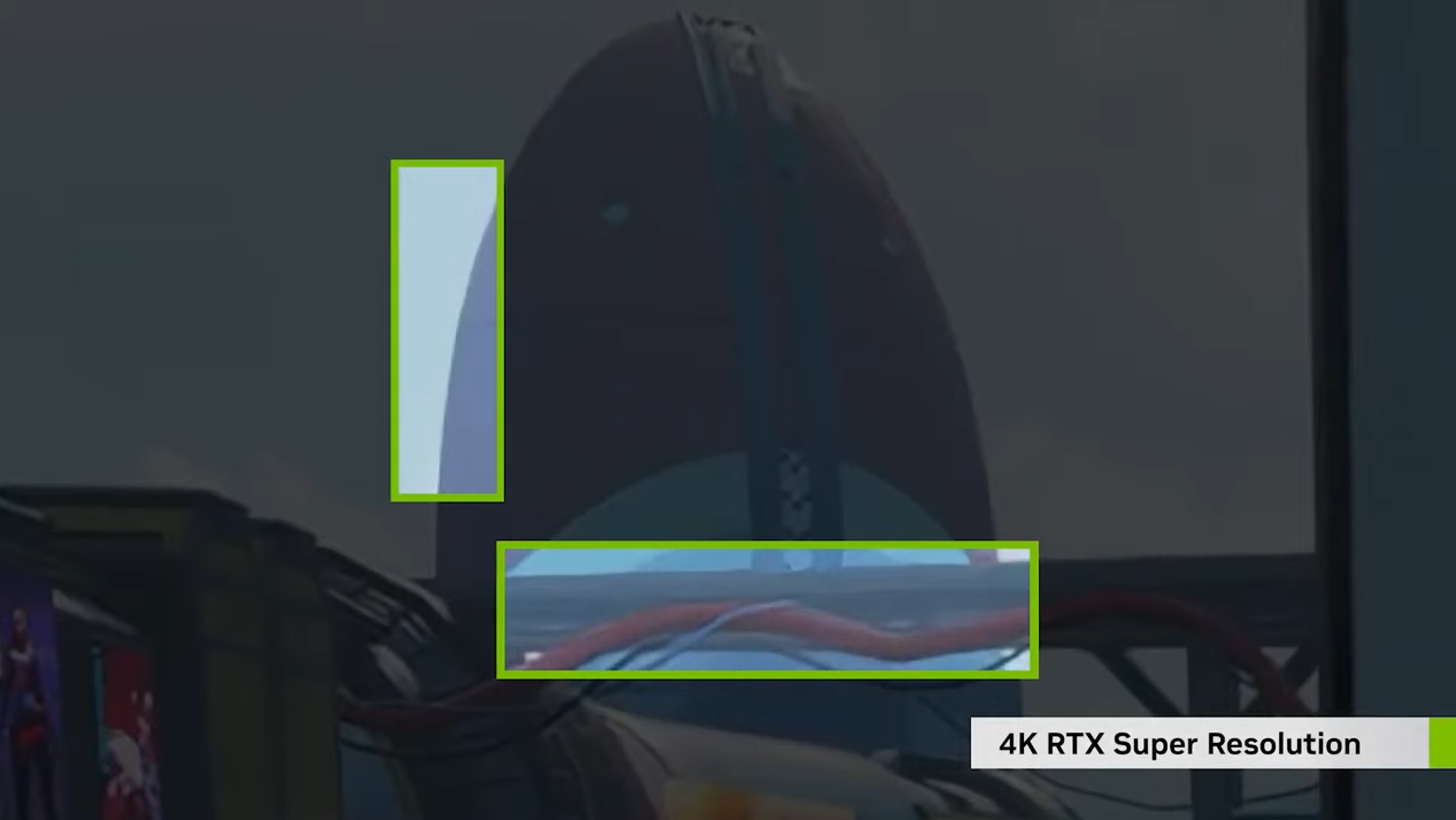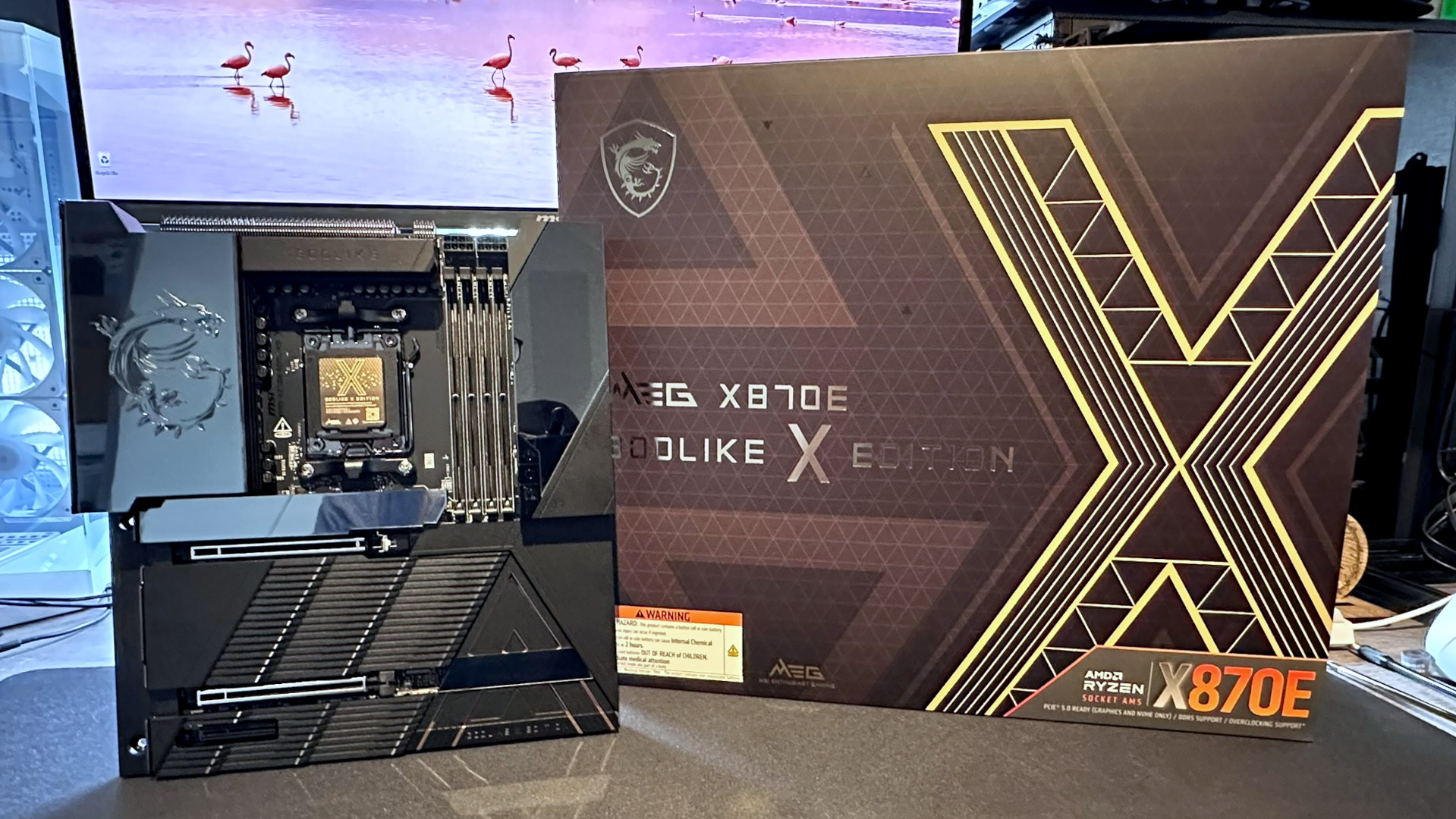Microsoft and Intel follow Nvidia with their own streaming video upscaling tools
Both are limited to sub-720p upscaling.

Both Microsoft and Intel have prepped video upscaling tools that are purportedly similar to Nvidia's new VSR or Video Super Resolution technology, which our Jacob took a close look at recently.
Microsoft's video upscaler has been announced as an update for its Edge browser in Windows 11. Meanwhile, Intel's scaler remains unofficial but reportedly can be experienced running in Google's Chrome browser.
According to Benchlife, Intel's scaler is known as Intel Video Processor Super Resolution and requires, at minimum, Intel Gen 9 integrated graphics. That means any Intel CPU from 10th Gen Core processors onwards and—we assume—Intel's Arc graphics cards.
The Intel scaler is enabled via a command string in Chrome's startup shortcut. Benchlife says the Intel scaler appears to work harder on lower resolution videos in the 360p and 480p range. 720p video apparently shows very little work being done by the GPU to process the video.
As for Microsoft's scaler, also known as Video Super Resolution, the big news is that it is compatible with both all Nvidia RTX GPUs and AMD GPUs from the RX 5700 onwards. Similar to the apparent preference for lower resolution video of Intel's scaler, Microsoft's Edge VSR only works on video resolutions lower than 720p.
It's also not compatible with streaming content protected by DRM technology. MS's VSR also requires that your PC is running on wall power rather than battery power.
Microsoft says, "the feature is currently available in the Canary channel for 50% of users and will be enabled when the above conditions are met. When the feature is enabled, you will see an HD icon in the address bar. Clicking the icon will allow you to enable or disable the feature."
Keep up to date with the most important stories and the best deals, as picked by the PC Gamer team.
You can also enable the feature by dropping in the following flag:
edge://flags/#edge-video-super-resolution
Early user reports seem to indicate that Microsoft's scaler makes a limited difference to video quality, even less than than the fairly modest impact of Nvidia's VSR. Likewise, given the seeming limitations of Intel's new scaler, none of these upscaling tools look likely to turn sludgy 360p video into crispy 4K. Of course, that kind of expectation is very likely just plain unrealistic.
Best CPU for gaming: Top chips from Intel and AMD
Best gaming motherboard: The right boards
Best graphics card: Your perfect pixel-pusher awaits Best SSD for gaming: Get into the game first

Jeremy has been writing about technology and PCs since the 90nm Netburst era (Google it!) and enjoys nothing more than a serious dissertation on the finer points of monitor input lag and overshoot followed by a forensic examination of advanced lithography. Or maybe he just likes machines that go “ping!” He also has a thing for tennis and cars.



